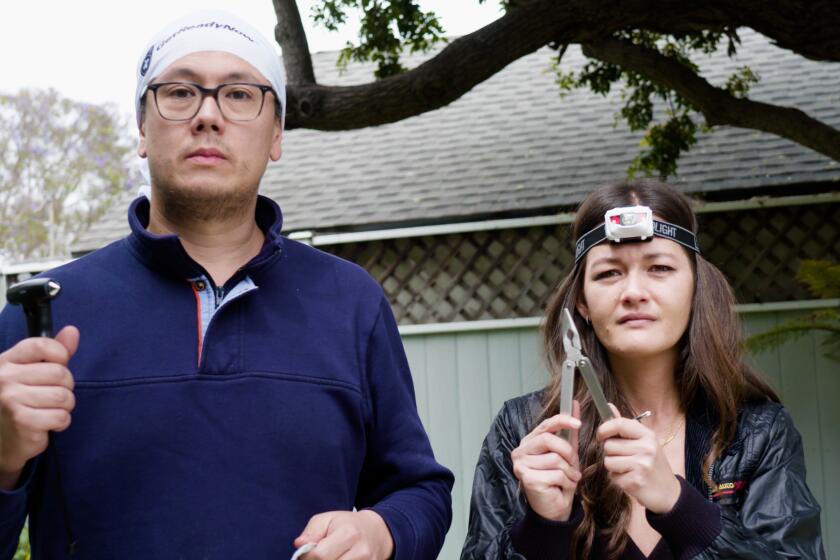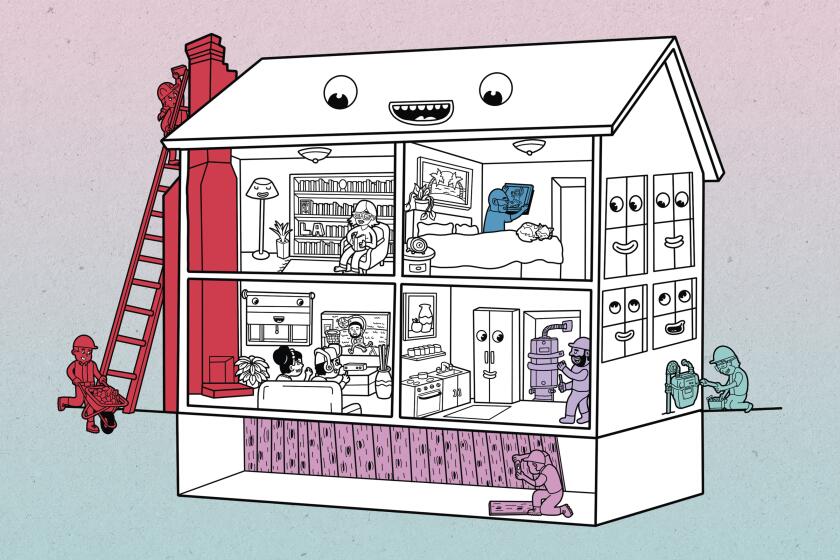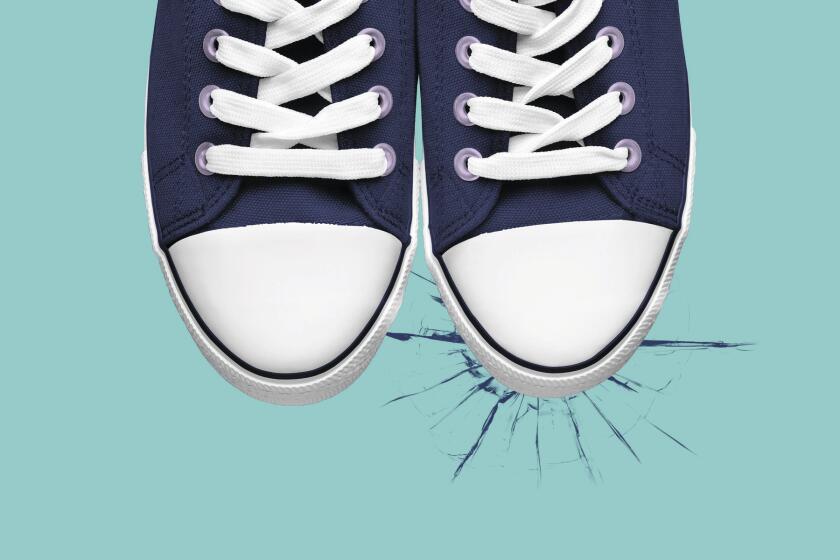Devastating earthquake in Turkey and Syria reminds California to prepare. Here’s how

- Share via
It’s a matter of when, not if, a major earthquake hits California. We’ve enjoyed a period of relative earthquake quiet — a 2.9 here, a 4.2 there — but statistically speaking, it won’t last. The San Andreas fault is capable of the same level of seismic activity that produced a deadly 7.8 quake that devastated parts of Turkey and Syria and killed thousands this week.
Are you prepared? Will you be resilient in the aftermath?
At the L.A. Times, we have a newsletter series called Unshaken. Week by week over six installments, you’ll learn how to put together an earthquake kit for your home and for your car, how to secure your furniture, possessions, your home and your finances for a big shake, and how to create a family plan. Unshaken is free. You’ll get an edition each week that outlines your disaster preparedness to-do list. You can sign up for Unshaken here or on the L.A. Times Newsletters page.
Get earthquake-ready in six weeks
Sign up for Unshaken, a six-part newsletter series that will help you get prepared for when an earthquake hits.
You may occasionally receive promotional content from the Los Angeles Times.
Here are some key things experts recommend you do to prepare for an earthquake.
1. Have an emergency kit, including a by-the-bed kit and a commute kit
You need to have a mini-kit on hand to navigate through your house immediately after a disaster. It’s called a “by-the-bed kit,” and should include hard-soled shoes, a flashlight, and a pair of eyeglasses or contact lenses if you need them to see.
Your main emergency kit should contain food, water and supplies to get your family through a few days without power or running water.
Lots of Californians spend a good chunk of their time on the road. In your car, you should have a kit with a first aid kit, a blanket, a change of clothes, cash to buy gas, a spare tire and emergency food and water.
If you don’t travel by car, consider keeping comfortable flat shoes, some cash, a cellphone charger, a small first aid kit, and water and a snack with you when you’re on the go.
You can buy a plethora of earthquake kits online, but which ones are the best for the price? Here’s a look at four off-the-shelf options.
2. Know your neighbors
Caltech research associate Lucy Jones, the seismologist known as “the earthquake lady,” says knowing your neighbors is just as important, if not more so, as having a fully loaded emergency kit on hand. Whereas the devastation can be instant, the effects can last hours, days, weeks, even years in some communities. Knowing the names of the people who live close enough to share water, batteries, blankets or their shelter with you could make a lifesaving difference.
People are much more important than kits. People will help each other when the power is out or they are thirsty. And people will help a community rebuild and keep Southern California a place we all want to live after a major quake.
3. Protect your home, inside and out
Is your furniture secured to the walls? Are those walls retrofitted or otherwise up to code? Do you have adequate earthquake insurance? Do you have cash on hand for an emergency that takes out electricity (and credit card readers with it)?
Now is a great time to check those things, before it’s a matter of life and death.
Southern California’s housing stock and propensity for earthquakes mean homeowners here need to pay special attention to foundations, chimneys and more. Here’s your guide to retrofitting.
4. Make a family plan
How will you communicate if cell towers go down, and whom would you call? Where would your family meet if you were apart when disaster struck? Does everyone in the family have emergency phone numbers saved? The Federal Emergency Management Agency says fewer than half of Americans have developed an emergency plan or gone over it with their family. Let’s get those numbers up.
Drop, cover and hold on is the best advice for what to do during an earthquake. Know how you’ll react so you can stay calm and act quickly when the shaking begins.
More to Read
Get earthquake-ready in six weeks
From building a kit to buying insurance, our Unshaken newsletter course will help you prepare.
You may occasionally receive promotional content from the Los Angeles Times.















